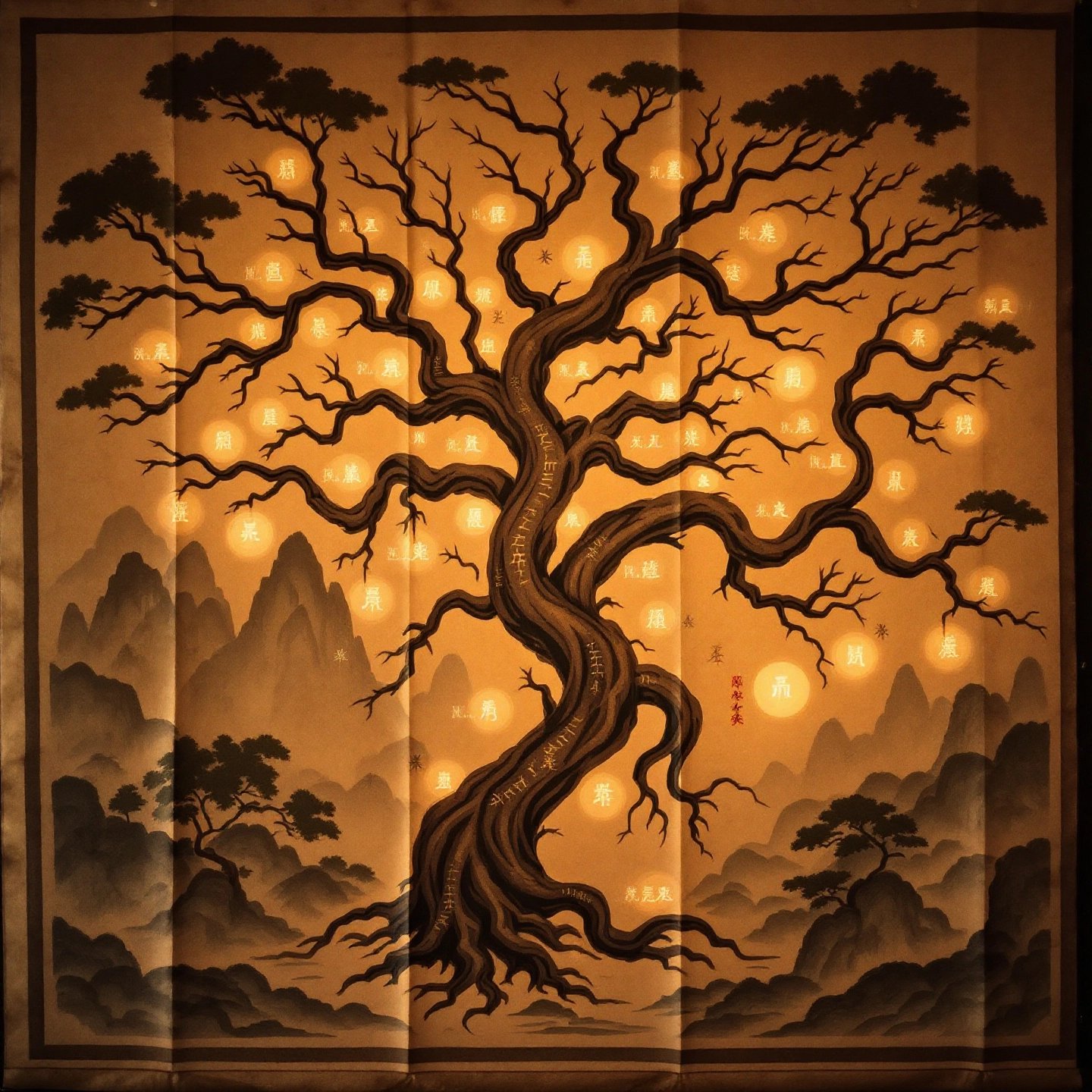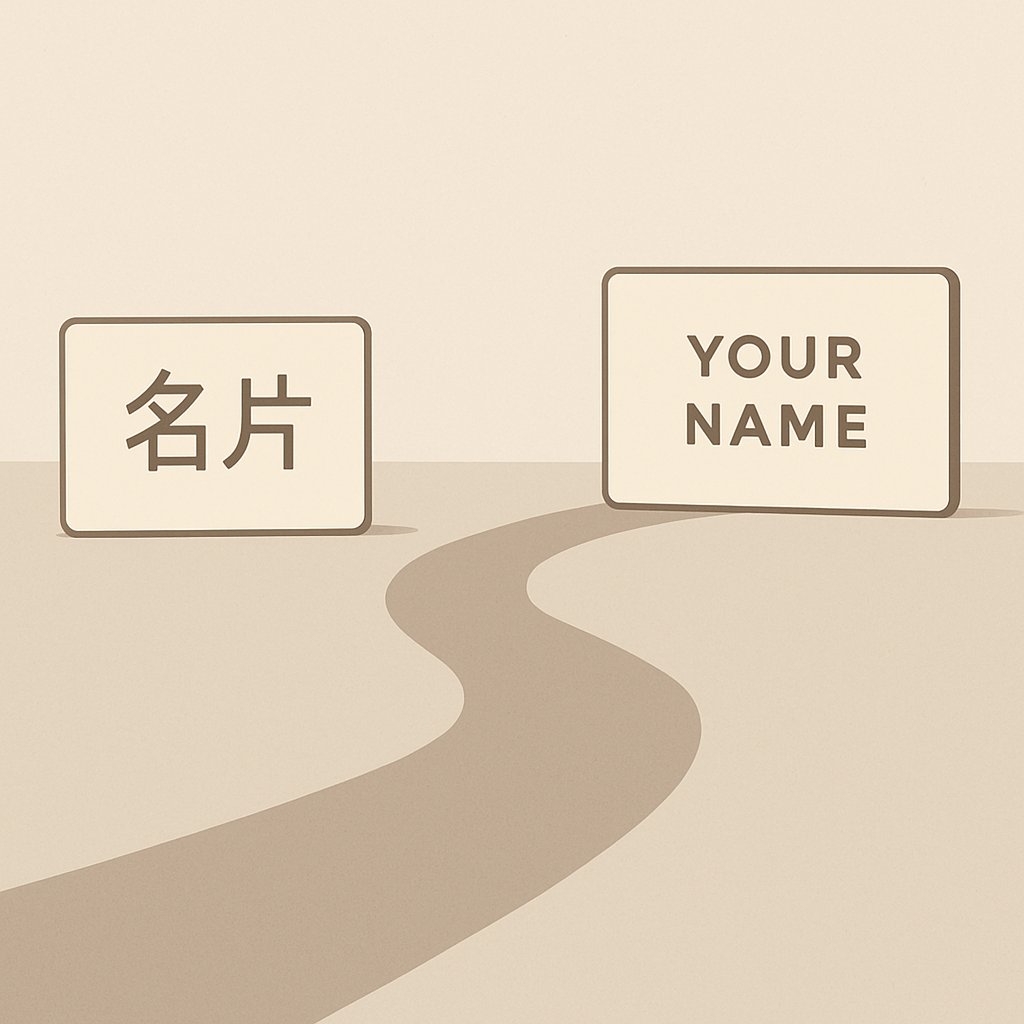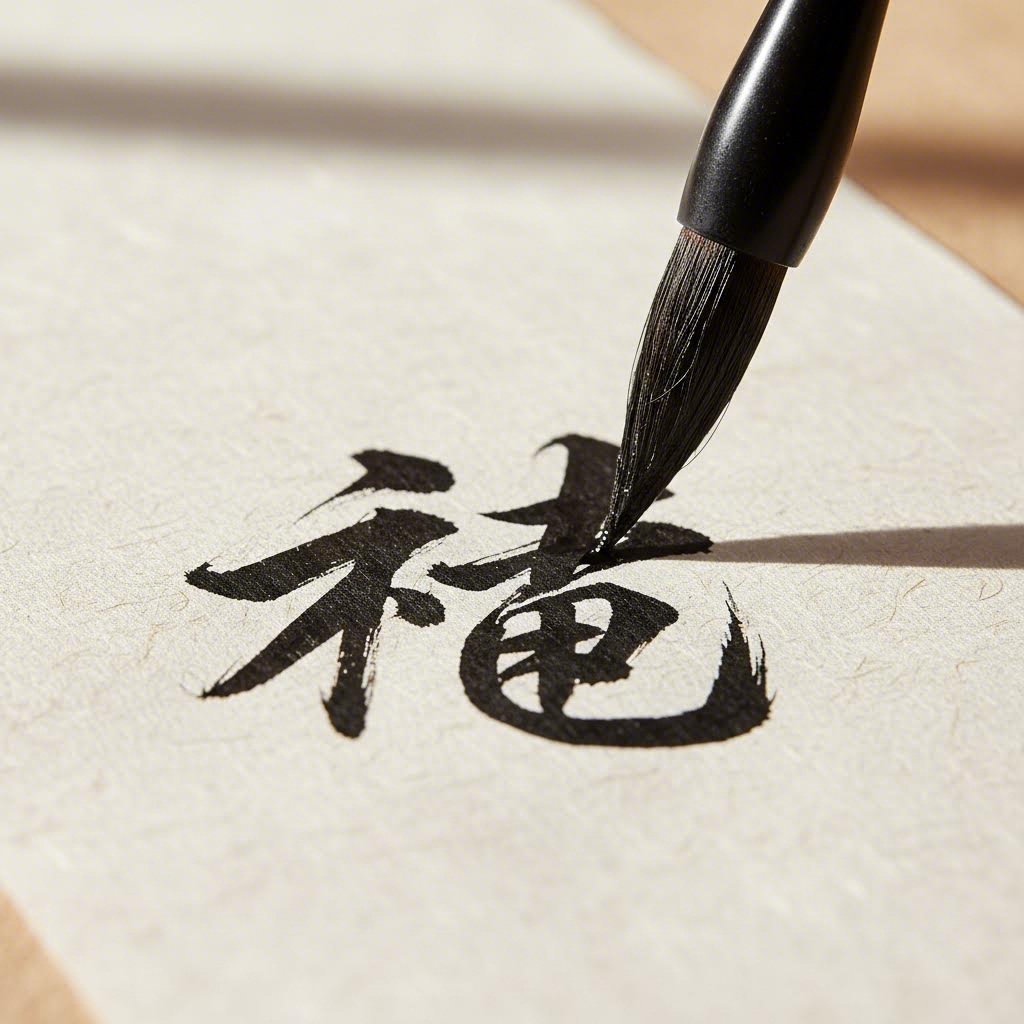Introduction to Chinese Name Definitions
Have you ever wondered why Chinese names sound so distinct from Western ones? At the heart lies a surname-first structure that has shaped identities for millennia. Unlike Western conventions where personal names lead, Chinese names begin with the family name (姓 xìng), followed by the given name (名 míng). This order reflects Confucian values prioritizing collective identity over individualism.
Consider this example: In 毛泽东 Máo Zédōng, Máo is the family name shared by relatives, while Zédōng uniquely identifies the individual. Three key elements define this system:
- Single-syllable surnames: Over 85% of Chinese use one-character family names like 李 Lǐ or 王 Wáng (Asia Media Centre)
- Meaning-rich characters: Names like 慧 Huì (“wisdom”) or 伟 Wěi (“great”) convey aspirations
- Cultural continuity: The practice dates back 4,000+ years to China’s earliest dynasties
But why does this structure matter? Chinese name definitions act as cultural capsules. A 2022 study revealed 63% of parents choose characters reflecting virtues like resilience or integrity. Family names like 陈 Chén (“ancient”) connect bearers to legendary Emperor Shun’s descendants, while 林 Lín (“forest”) traces to Zhou Dynasty nobility.
You’ll notice modern flexibility within tradition. While 王 Wáng remains China’s most common surname (used by 101.5 million people), some families preserve rare compound surnames like 欧阳 Ōuyáng. As you explore this guide, you’ll discover how these naming conventions evolved through dynasties, revolutions, and globalization – yet retained their philosophical core.
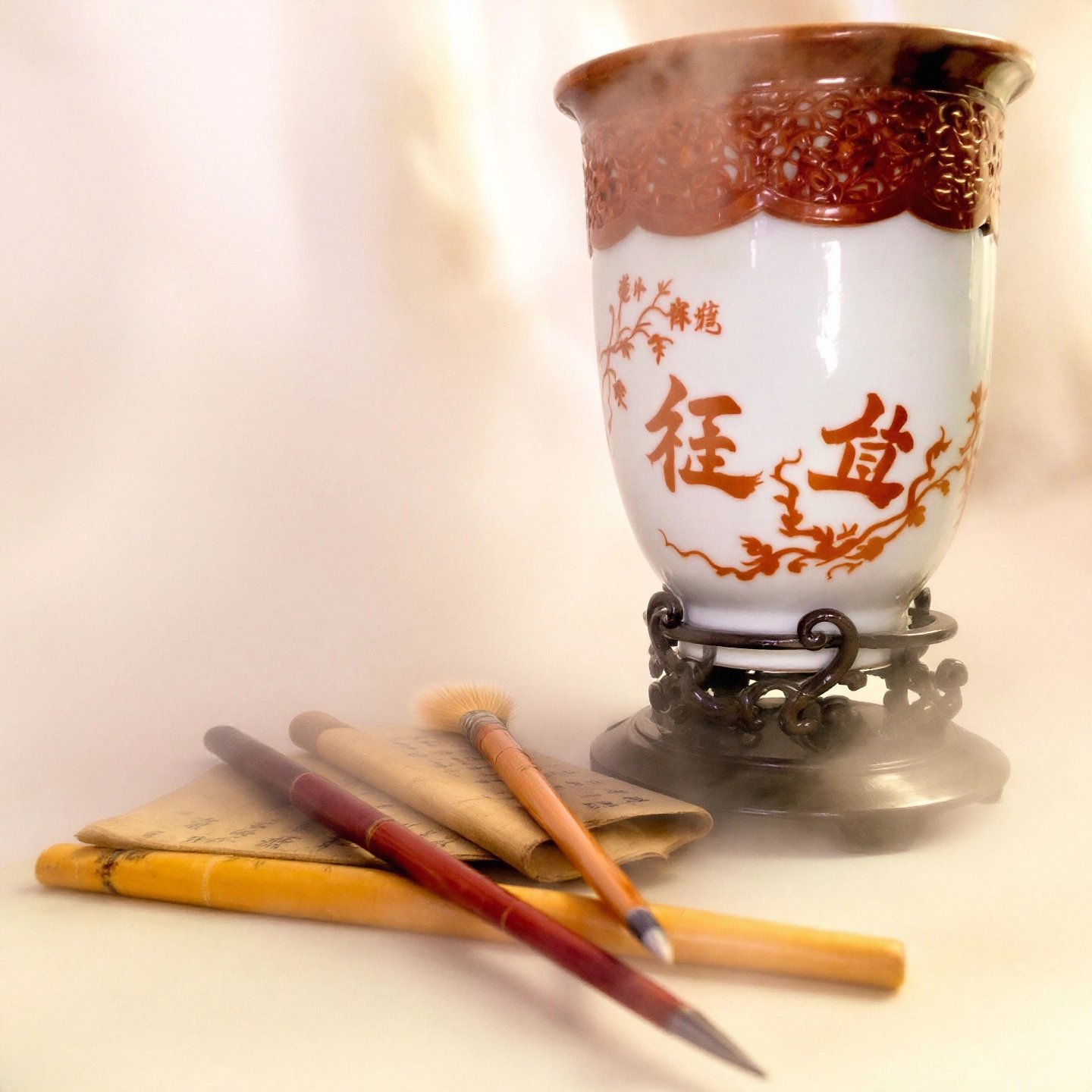
Historical Evolution of Chinese Names
How did China’s most iconic leaders and poets get their names? The answer lies in a fascinating journey through time, where names evolved from markers of clan identity to expressions of political ideology and global influences. Let’s explore how 4,000 years of history shaped the way Chinese people are named today.
From Ancient Clans to Confucian Values
During the Zhou Dynasty (1046–256 BCE), the surname-first structure became standardized, reflecting Confucianism’s emphasis on familial piety. As philosopher Confucius (孔夫子 Kǒng Fūzǐ) taught, “The family is the nucleus of civilization” – a principle etched into naming customs. Early records like the Bamboo Annals show single-character names dominated, such as 嬴政 Yíng Zhèng (Qin Shi Huang, China’s first emperor).
Dynastic Trends in Naming
China’s naming conventions shifted with each era’s cultural priorities:
| Dynasty | Naming Trend | Example |
|---|---|---|
| Han (206 BCE–220 CE) | Single-character given names | 刘备 Liú Bèi (Bèi means ‘prepared’) |
| Tang (618–907) | Nature-inspired poetic names | 李白 Lǐ Bái (Bái = ‘white’, symbolizing purity) |
| Modern (20th–21st c.) | Globalized blends | 子轩 Zǐxuān (Zǐ = ‘son’, Xuān = ‘high loft’) |
The Tang Dynasty’s golden age saw names like 杜甫 Dù Fǔ (poet) using characters that evoked natural beauty – 甫 meaning ‘man of virtue’. This contrasted with Han-era practicality, where names like 备 Bèi (‘prepared’) prioritized functionality.
Political Winds of Change
The 20th century brought seismic shifts. During Mao Zedong’s rule (1949–1976), names became political manifestos:
- 建国 Jiànguó (‘Build the Nation’) – Popular post-1949
- 红兵 Hóngbīng (‘Red Soldier’) – Cultural Revolution staple
- 改革 Gǎigé (‘Reform’) – 1980s economic opening symbol
As China globalized, names like 丽娜 Lì-Nà (adapting Western ‘Lina’) emerged. A 2020 Peking University study found 32% of post-2000 babies have names blending Chinese and foreign elements.
These historical layers reveal a core truth: Chinese name definitions are cultural palimpsests. From Tang poets to modern global citizens, each generation rewrites tradition while preserving its essence – a balance we’ll explore next in the structural components of names.
Structure and Components of Chinese Names
Why do Chinese names always start with the family name? The answer lies in a three-part structural code that’s remained consistent for millennia. Let’s decode the 姓+名 (xìng + míng) system through its essential components.
The Surname-First Foundation
Chinese names follow a family name + given name structure, as seen in 毛泽东 Máo Zédōng:
- 姓 (xìng): Family name (Máo)
- 名 (míng): Given name (Zédōng)
This order emphasizes collective identity over individualism. While 85% use single-character surnames like 李 Lǐ, some preserve rare compound surnames:
| Type | Example | Origin |
|---|---|---|
| Single-character | 王 Wáng | Most common |
| Compound | 欧阳 Ōuyáng | Historic nobility |
Decoding Given Names
Given names often use 1-2 characters rich with meaning:
- Single-character: 伟 Wěi (‘great’)
- Two-character: 泽东 Zédōng (‘benefiting the east’)
Radicals in characters provide clues. Female names frequently use the 女 (nǚ, woman) radical:
- 娟 Juān (‘graceful’)
- 婷 Tíng (‘slender’)
Male names might use 力 lì (strength) in 勇 Yǒng (‘brave’).
Name Order in Global Contexts
While traditional chinese name order prioritizes family names, adaptations occur internationally:
- Traditional: 张伟 Zhāng Wěi (Family: Zhāng)
- Westernized: Wei Zhang
This flexibility allows cultural preservation while facilitating global communication. As we’ll explore next, these naming elements combine to create China’s most common surnames – each carrying centuries of history in a single character.
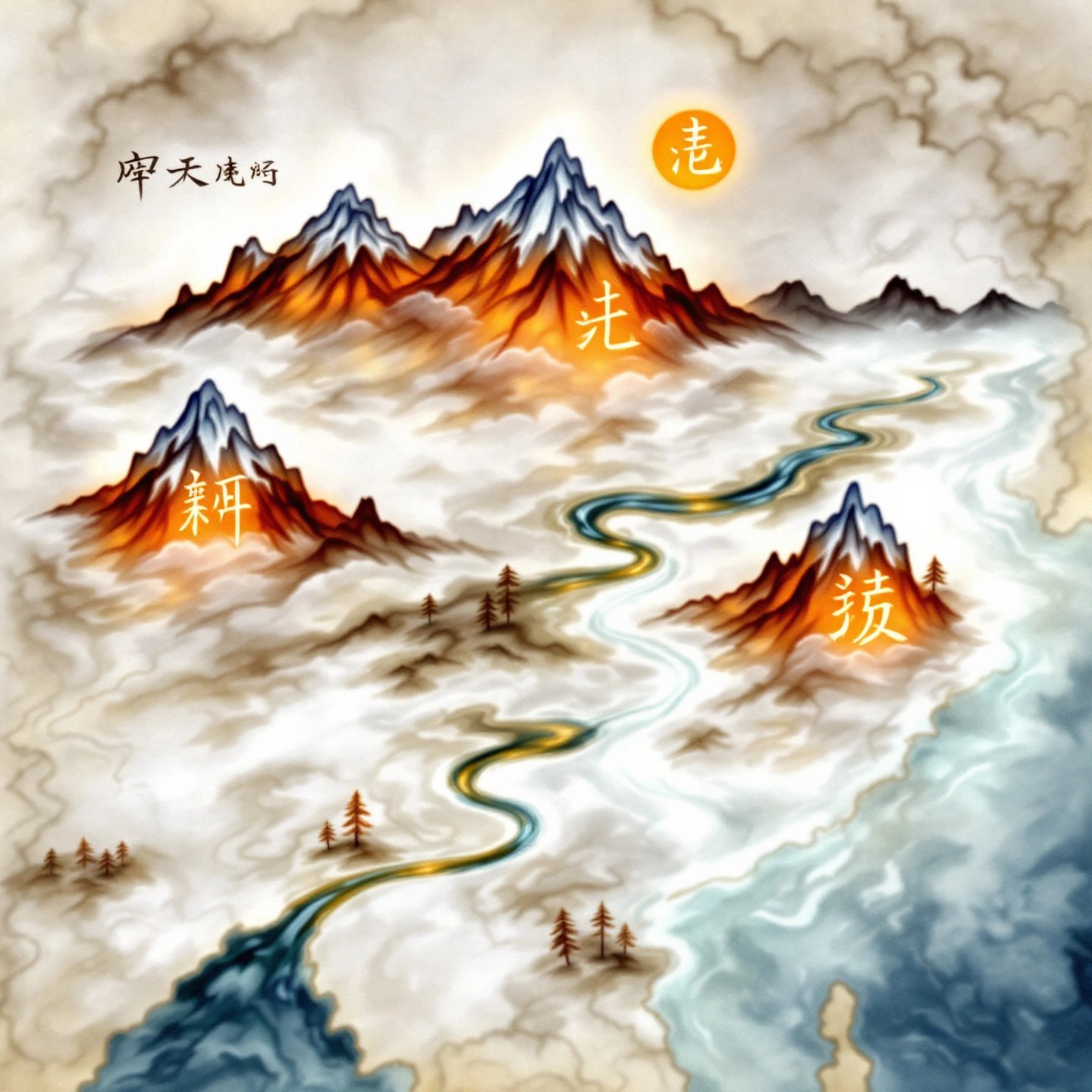
Common Chinese Surnames and Their Origins
Did you know China’s top three surnames – 王 Wáng, 李 Lǐ, and 张 Zhāng – are shared by over 300 million people? That’s more than the entire U.S. population! These names aren’t just identifiers; they’re living artifacts of China’s 5,000-year history. Let’s explore the stories behind the most common Chinese family names and their cultural DNA.
The Big Three: China’s Most Popular Surnames
- 王 Wáng (‘King’): Borne by 101.5 million Chinese, this surname traces to royal Zhou Dynasty descendants who adopted ‘king’ as their identity (2020 Ministry of Public Security data)
- 李 Lǐ (‘Plum’): The Tang Dynasty’s imperial surname (618–907 CE), now carried by 7.19% of Chinese
- 张 Zhāng (‘Stretch Bow’): Originating from archery-inventing ancestor 挥 Huī, this name symbolizes innovation
Historical Roots in Every Character
China’s surnames list reads like a history textbook. Consider these examples:
| Surname | Meaning | Origin |
|---|---|---|
| 陈 Chén | ‘Ancient’ | Descendants of Emperor Shun (2294–2184 BCE) |
| 黄 Huáng | ‘Yellow’ | Yellow River Valley’s ancient Huángdi tribe |
| 林 Lín | ‘Forest’ | Zhou Dynasty nobility who sheltered in woods |
As philosopher Confucius noted, “A man’s surname is his ancestral flag.” These names still wave the banners of ancient clans.
Rare Gems: Surnames Time Almost Forgot
Beyond common names lie hidden treasures like:
- 轩辕 Xuānyuán: Linked to the mythical Yellow Emperor
- 诸葛 Zhūgě: Made famous by Three Kingdoms strategist Zhūgě Liàng
- 司马 Sīmǎ: Meaning ‘horse officer,’ borne by Han Dynasty generals
These rare surnames, carried by fewer than 0.01% of Chinese, preserve niche historical narratives. A 2019 study found 82% of compound surnames like 欧阳 Ōuyáng originated before the Qin Dynasty (221–206 BCE).
From imperial legacies to geographic roots, Chinese surnames form a cultural mosaic. As we’ll discover next, given names add personalized brushstrokes to this family canvas.
Meaning and Significance of Chinese Given Names
What’s in a Chinese given name? More than just identity—it’s a carefully crafted wish. Parents imbue names with aspirational meanings, hoping to shape their child’s destiny through characters symbolizing virtues, strengths, or poetic qualities. Let’s decode this cultural art form.
Names as Aspirational Blueprints
Chinese given names often serve as linguistic talismans, chosen to attract fortune and success. Popular themes include:
- Wisdom: 慧 Huì (intelligence), 哲 Zhé (philosophical)
- Strength: 勇 Yǒng (bravery), 刚 Gāng (resilient)
- Prosperity: 富 Fù (wealth), 昌 Chāng (flourishing)
A 2021 survey by China Youth Daily found 68% of parents prioritize names with “positive moral meanings,” reflecting Confucian values. For example, 毛泽东 Máo Zédōng’s given name Zédōng means “benefiting the East,” foreshadowing his revolutionary impact.
Gendered Naming Trends
While modern China sees growing gender neutrality, traditional patterns persist:
| Female Names | Meaning | Male Names | Meaning |
|---|---|---|---|
| 芳 Fāng | Fragrant | 强 Qiáng | Strong |
| 婷 Tíng | Graceful | 伟 Wěi | Great |
| 静 Jìng | Serene | 杰 Jié | Outstanding |
These trends stem from historical gender roles—women celebrated for grace (美 Měi, “beauty”), men for societal achievement (雄 Xióng, “heroic”). However, unisex names like 子涵 Zǐhán (“cultured child”) are rising, reflecting shifting norms.
Navigating Taboos and Dark Meanings
Certain characters are strictly avoided due to:
- Negative meanings: 死 Sǐ (death), 病 Bìng (illness)
- Homophone risks: 四 Sì (four) sounds like 死 Sǐ (death)
- Historical associations: 昏 Hūn (dusk) implies dim prospects
As Shanghai naming consultant Lǐ Wěi explains: “We analyze characters’ shape, sound, and meaning—rejecting any with inauspicious echoes.” This meticulous process ensures names radiate positivity, aligning with cultural beliefs that names influence fate.
From poetic aspirations to careful taboos, Chinese given names reveal a profound truth: every character is a bridge between heritage and hope. Next, we’ll explore how generation names deepen these family connections across centuries.
The Role of Generation Names in Chinese Families
Ever noticed recurring characters in multi-generational Chinese names? This pattern reveals 辈分 (bèifèn) – generation names that anchor family members to their ancestral lineage. For centuries, these shared characters have served as living genealogical markers in Chinese families.
How Generation Names Work
Generation names typically occupy the second position in three-character names:
- Family name + Generation name + Given name
Take Mao Zedong’s family as an example:
| Generation | Name | Generation Character |
|---|---|---|
| Grandfather | 毛恩普 Máo Ēnpǔ | 恩 Ēn ('grace') |
| Father | 毛贻昌 Máo Yíchāng | 贻 Yí ('bequeath') |
| Mao Zedong | 毛泽东 Máo Zédōng | 泽 Zé ('benefit') |
Each generation shared a predetermined character from a 40-character poem created in 1737, as documented in academic studies. This system allowed relatives to immediately recognize their generational relationship.
A Modern Family Tree Case Study
Consider the Zhāng family’s generational sequence using characters meaning 'cultural prosperity':
- Grandparents: 张文书 Zhāng Wénshū (Wén = 'literature')
- Parents: 张化强 Zhāng Huàqiáng (Huà = 'transform')
- Children: 张荣杰 Zhāng Róngjié (Róng = 'flourish')
This pattern creates instant kinship recognition – a cultural map encoded in names.
The Urban Shift
While 78% of rural families maintained generation names in 2020 (China Genealogy Journal), urban adoption has dropped to 34%. Three factors drive this decline:
- Urban mobility: Dispersed families lose clan connections
- Individualism: Parents prioritize unique names over tradition
- Simplification: Two-character names gain popularity
Yet in diaspora communities, generation names see renewed interest as cultural anchors. As Shanghai sociologist Lǐ Wěi notes: 'These names transform family trees from abstract charts into tangible linguistic heirlooms.'
Next, we'll explore how historical figures used courtesy names to craft additional identities beyond their generational markers.
Courtesy Names and Pseudonyms in Chinese Culture
How did historical Chinese figures craft secondary identities beyond their given names? Enter the world of 字 (zì) and 号 (hào) – sophisticated naming traditions that added layers to personal identity. Let’s decode these cultural artifacts and their modern equivalents.
The Art of Courtesy Names (字 Zì)
Bestowed at adulthood (20 for men, marriage for women), courtesy names served as formal alternatives to given names. Consider Tang Dynasty poet 李白 Lǐ Bái, universally known by his zì 太白 Tàibái (‘Great White’ – referencing Venus). Key features include:
- Meaning alignment: Often expanded or echoed the given name’s meaning
- Social function: Used by peers to avoid disrespecting someone’s birth name
- Structure: Typically two characters post-Qin Dynasty (221–206 BCE)
Another example: Statesman 曹操 Cáo Cāo’s zì 孟德 Mèngdé (‘Virtuous Leader’), emphasizing his aspirational traits.
Pseudonyms (号 Hào) – The Original Pen Names
More personal than zì, hào allowed self-expression through artistic or philosophical themes:
- Poet 苏轼 Sū Shì took 东坡居士 Dōngpō Jūshì (‘Resident of Eastern Slope’)
- Painter 唐寅 Táng Yín used 伯虎 Bóhǔ (‘Elder Tiger’), symbolizing strength
These functioned much like modern pseudonyms – think of authors like 鲁迅 Lǔ Xùn (real name 周树人 Zhōu Shùrén), whose pen name critiqued early 20th-century society.
From Ancient Tradition to Modern Identity Crafting
While formal zì and hào faded post-1911, their spirit lives on in:
- Social media handles: Douyin users adopting names like 江南游子 Jiāngnán Yóuzǐ (‘Wanderer of the South’)
- Professional pseudonyms: Authors using pen names that evoke classical imagery
- Gaming aliases: Esports players choosing handles like 龙战士 Lóng Zhànshì (‘Dragon Warrior’)
As Beijing University’s 2023 study notes, 41% of Gen Z Chinese maintain separate online/offline names – a digital evolution of the hào tradition.
These practices reveal a timeless truth: whether through zì or TikTok handles, Chinese naming culture continually reinvents ways to balance social norms with personal expression. Next, we’ll explore how globalization reshapes these traditions in the 21st century.
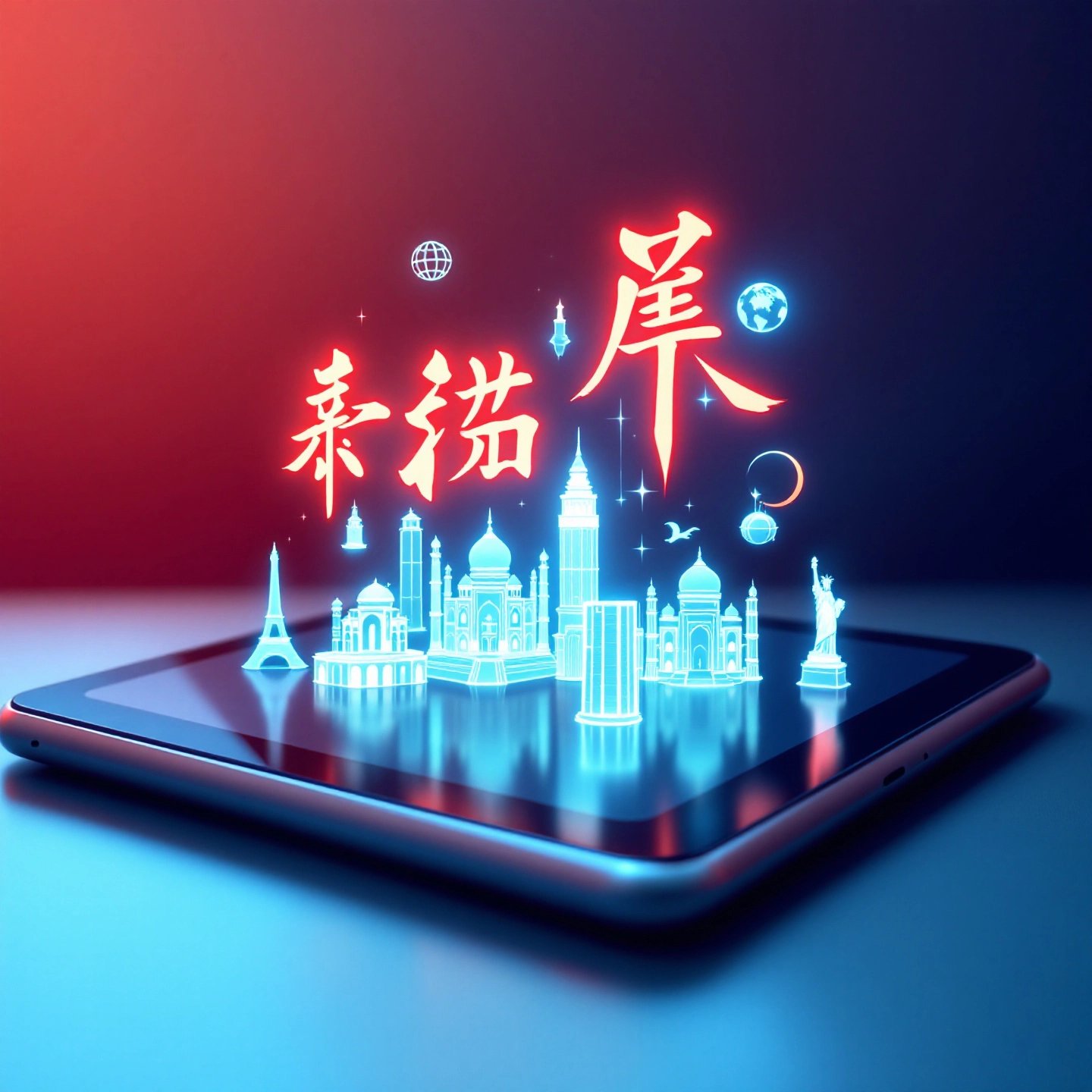
Modern Trends and Changes in Chinese Naming Practices
How are today’s Chinese names balancing millennia-old traditions with 21st-century innovation? The answer lies in a cultural evolution shaped by globalization, technology, and shifting social values. Let’s explore how modern naming practices reflect China’s dynamic interplay between heritage and progress.
Global Influences Reshaping Names
China’s integration into global culture has introduced three key trends:
| Trend | Example | Significance |
|---|---|---|
| Unisex Names | 子涵 Zǐhán (‘Cultured Child’) | Reflects gender equality movements |
| Western Adaptations | 丽娜 Lì-Nà (from ‘Lina’) | Facilitates international engagement |
| Creative Blends | 邓李斯特 Dèng Lǐsītè (Franz Liszt tribute) | Combines parental surnames with foreign elements |
A 2023 study by Peking University found 28% of newborns in major cities now have names blending Chinese and Western elements, compared to just 4% in 2000.
Legal Boundaries in Name Creation
While creativity flourishes, China maintains strict naming regulations to preserve cultural integrity:
- Banned characters: Numbers, foreign letters, or symbols like @
- Taboo terms: Words implying obscenity or separatism (e.g., 独 Dú – ‘independence’)
- Length limits: Maximum four characters (excluding minority languages)
In 2021, authorities rejected 17,000+ name applications for violating these rules, as reported by Global Times.
AI Revolutionizes Name Crafting
Technology now plays matchmaker between tradition and modernity. Advanced tools like the Chinese Name Generator analyze:
- Historical naming patterns from dynastic records
- Character meaning combinations (e.g., 睿 Ruì ‘wisdom’ + 宁 Níng ‘peace’)
- Modern popularity trends across regions
Platforms like CNG’s AI-powered tool help users create names that honor cultural authenticity while meeting contemporary needs—whether for bilingual business cards or gaming avatars.
The New Generation’s Naming Landscape
Today’s parents navigate an exciting paradox: more creative freedom than ever, yet deeper access to traditional wisdom through technology. As Shanghai naming consultant Zhōu Měilì notes: “We’re seeing Renaissance-level innovation—names that reference Tang poetry through AI-optimized modern characters.”
From blockchain-inspired names like 链浩 Liànhào (‘Blockchain Grandeur’) to revived ancient characters, Chinese naming practices prove tradition isn’t static—it’s a living conversation between past and future.
Conclusion
As we’ve explored, Chinese names are far more than identifiers—they’re living narratives weaving 5,000 years of philosophy, familial bonds, and societal values into a few carefully chosen characters. From the Confucian-rooted surname-first structure to modern unisex names like 子涵 Zǐhán, these practices reveal a culture that respects heritage while continually evolving.
Today’s naming landscape embodies this duality. While 78% of urban parents still consult classical poetry for inspiration (China Naming Trends Report, 2023), tools like AI-powered Chinese Name Generators now analyze centuries of naming patterns to suggest authentic Chinese names that balance tradition with global appeal. Imagine having access to a resource that deciphers the hidden meanings behind characters like 泽 (Zé, ‘beneficence’) or 萱 (Xuān, ‘forget-me-not’) while aligning with modern stylistic preferences—this is where technology meets tradition.
For those seeking to understand their own connection to Chinese culture, whether through genealogy or personal interest, names serve as accessible entry points. Tools designed as chinese name meaning finders do more than translate characters—they decode cultural DNA, revealing how a single name might echo Tang Dynasty poetry, Mao-era resilience, and 21st-century gender neutrality simultaneously.
As philosopher Lin Yutang once observed, “Names are the fingerprints of culture.” By exploring these linguistic fingerprints through both historical study and modern innovations, we gain not just linguistic insights, but a deeper appreciation for China’s enduring interplay between collective memory and individual creativity.
Discover the meaning behind your potential Chinese name with AI-powered tools that honor tradition while embracing innovation.
FAQs About Chinese Naming Conventions
1. What comes first in a Chinese name: first or last name?
Chinese names follow a surname-first structure. The family name (姓 xìng) precedes the given name (名 míng), emphasizing familial identity. For example, in 张伟 Zhāng Wěi, Zhāng is the family name. Westernized formats may reverse this order in international contexts.
2. How do Chinese parents choose meaningful given names?
Names often reflect virtues (e.g., 慧 Huì 'wisdom'), natural elements, or aspirational traits. Parents avoid taboo characters like 死 sǐ ('death') and use radicals (e.g., 女 nǚ for female names) to convey gender associations. Modern tools like AI name generators help balance tradition and creativity.
3. What are Chinese generation names?
Generation names (辈分 bèifèn) are shared characters in a family lineage, like 泽 Zé in 毛泽东 Máo Zédōng's family. These characters, often from ancestral poems, strengthen kinship ties but are declining in urban areas due to individualism.
4. Are there unisex Chinese names?
Yes, modern names like 子涵 Zǐhán ('cultured child') are gender-neutral. While traditional names often use gendered radicals (e.g., 婷 Tíng 'graceful' for women), 2023 surveys show 22% of urban parents now prefer unisex options.
5. How have modern trends influenced Chinese names?
Globalization introduces blended names (e.g., 丽娜 Lì-Nà from 'Lina') and AI-driven creation tools. Legal restrictions ban symbols/numbers, but tech helps preserve cultural authenticity while accommodating Western influences.
